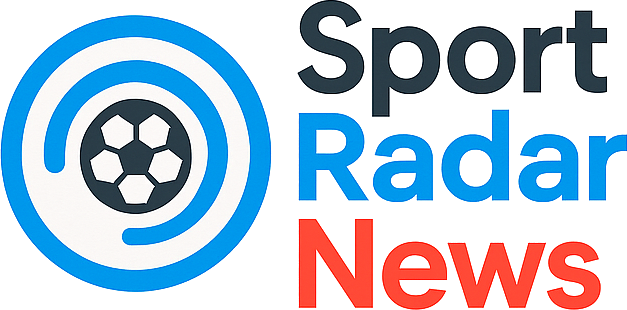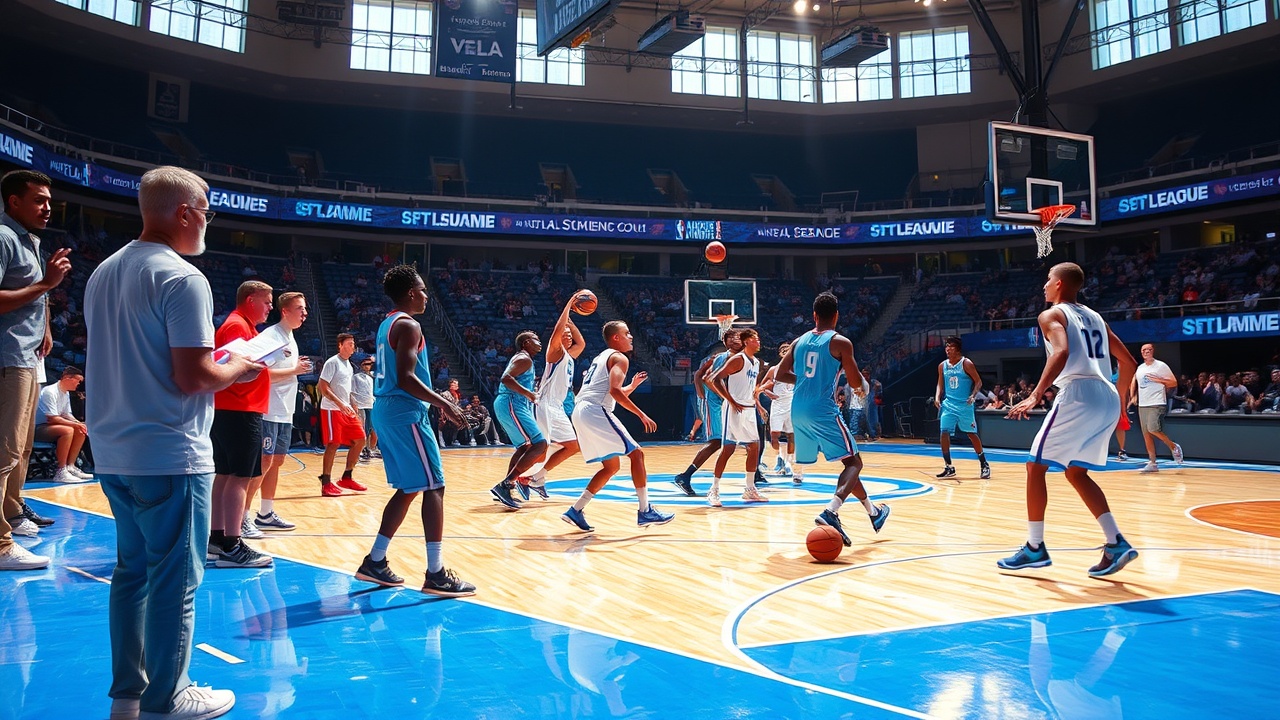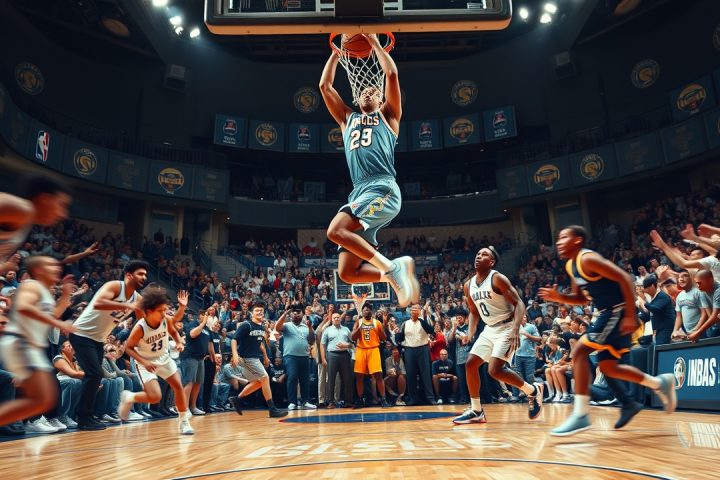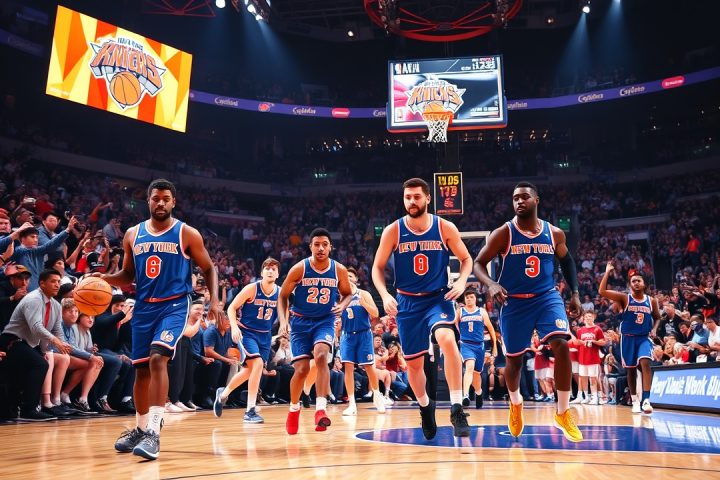The Importance of the NBA Summer League
The NBA Summer League, often seen as a mixed bag of unpredictable rosters and fluctuating statistics, is far from a trivial undertaking. Although a significant number of participants may not find themselves on NBA rosters when the regular season begins in October, the event attracts scouts who view it as a golden opportunity for player evaluation.
Player Evaluation Beyond the Box Score
This renowned basketball showcase is not merely about points accumulated or games won; it serves as a vital platform for scouts to assess a player’s adaptability, skills, and potential contributions beyond what appears in the box score.
Contrary to some fans who dismiss summer performances as inconsequential, the insights gleaned during these matchups hold significant weight in the decisions that teams make. NBA scouts emphasize that this period of player assessment comes second only to the regular season in importance. Variables like competitiveness, coachability, and the ability to stay focused amid distractions are critical metrics for evaluation.
Insights from Scouts
An anonymous scout from a Western Conference team detailed the nuances they observe: “Understanding how players embrace their roles and learn new systems in such a high-pressure setting is crucial. The way they conduct themselves, their punctuality, and professionalism during the Vegas distractions matter immensely.”
Furthermore, a subpar performance in the Summer League doesn’t automatically disqualify a player from future success. Historical examples like Jalen Brunson, Derrick Rose, and Nikola Jokić indicate that the path to success can be non-linear, with many players initially struggling to find their footing.
Evaluating Performance
While basic statistics can be misleading, scouts use a variety of metrics, including efficiency ratings, rebounding stats, and assist-to-turnover ratios, to evaluate player performance in context, often incorporating video analysis for a comprehensive understanding. An Eastern Conference scout highlighted that specific statistics can reinforce observations made during games.
“Plus/minus numbers are often analyzed in relation to player impact,” he noted, emphasizing that the production must align with winning behaviors.
Observations extend beyond numerical outputs to examine how players respond to coaching and their ability to execute essential skills that align with specific NBA roles.
Competition for Roster Spots
Returning players battling for roster positions or two-way contracts also face scrutiny. Scouts want to see clear signs of improvement and leadership, as these seasoned players are no longer overwhelmed by the excitement of Summer League events. The competition for these limited roster spots remains fierce, particularly in light of the new collective bargaining agreement that prioritizes discovering talented players who can contribute on minimal contracts.
One scout remarked, “Finding talent is crucial, especially now as every roster spot counts and can impact playoff outcomes. Take, for instance, players like Pat Spencer, who seem to come out of nowhere and make significant contributions. Every franchise is keenly scouting others, looking to uncover hidden gems amidst the talent pool.”
The Competitive Landscape
Scouts have to keep their biases at bay, approaching each game with an open mind while remaining vigilant to the subtleties of player interactions and performances. The skill of spotting potential talent is challenging, as competition among teams to secure players before they get snagged by rival organizations is intensified. With each Summer League squad generally seeing only two or three players make it to the NBA, the rest often sign less secure deals or look overseas.
As one scout summarized, the environment is highly competitive, “It’s a petri dish of talent evaluation. Every scouting department is scrutinizing each player, and the best deals often go to teams that present the most enticing opportunities. Finding players ready for two-way contracts becomes a vital goal.”




